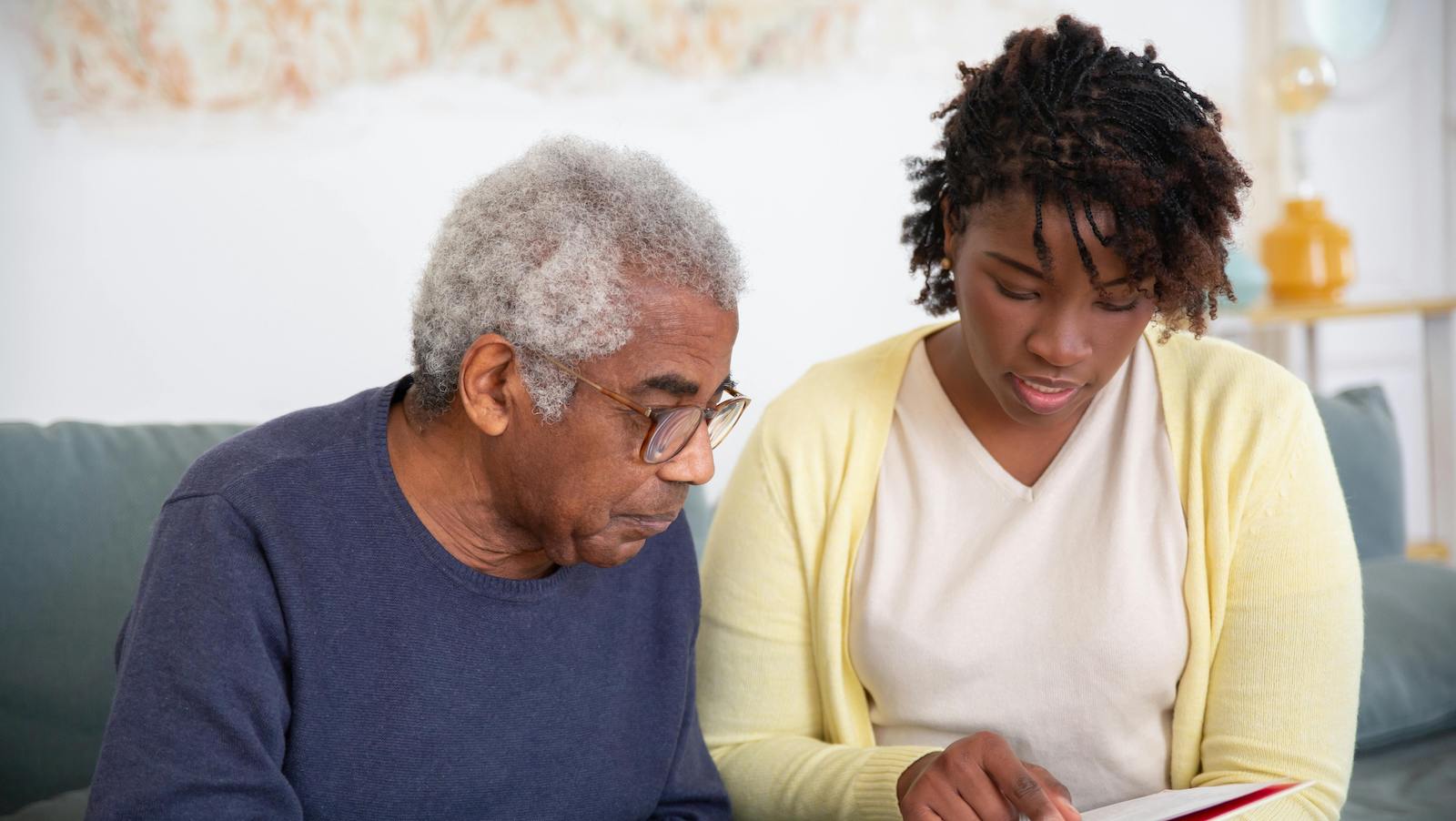The question of whether schools should reopen has launched a raging controversy around the country, with widely held opinions on both sides.
Here, in my home state of New Jersey, which was in the epicenter of the pandemic back in April, Gov. Murphy announced that all schools should open with in-person classes capability, but quickly added the parent option for all-remote learning as part of local school flexibility for hybrid approaches. Despite the provision allowing parents to opt for on-line teaching only, several members in the state legislature and several, but not all, leading teacher unions want all schools to remain strictly on-line until at least Oct. 31.
New York’s Gov. Cuomo announced that all schools can reopen, but each school district must submit a reopening plan that includes mandatory masks, social distancing and testing protocols. All teachers are strongly recommended to get tested before school begins. If cases should surge in New York, the state plans will be revisited.
At the same time, due to surging COVID-19 cases around the country, several other large school districts such as Chicago, Los Angeles, Philadelphia, San Francisco, Atlanta and Houston have now announced plans to keep an all-remote choice and have postponed plans for any-in person classes. In addition, there have been large teacher union protests around the country, such as at the statehouse in Michigan. The largest teacher union in Florida has sought an injunction to keep schools closed. Elsewhere around the country, teacher unions are considering safety strikes, and there are widespread reports of veteran teachers retiring or quitting outright. In Georgia, video of high school students with crowded hallways and no masks went viral, resulting in six students and three staff members now testing positive for COVID-19. This certainly was not the way to start the school year.
Governors and state education and health officials must make anguishing decisions in the next few weeks, or even days, to address understandable fears that may or may not hold up to the facts. For example, a recent joint study by the Public Health Agency of Sweden and the Finnish Institute of Health and Welfare found no measurable difference in the number of COVID-19 cases among children in Sweden, where schools remained open during the pandemic, and Finland, where the schools remained closed. In Japan, when schools reopened after the state of emergency was lifted in May, schools initially used a hybrid approach of alternating days, but now things are fairly back to normal, but with masks, social distancing, washing hands and daily temperature checks all in place.
Added support for opening schools safely includes the American Academy of Pediatrics and the National Academy of Science, Engineering and Medicine, who suggested school districts should prioritize opening schools safely, especially among K- 5 and special needs students. Dr. Anthony Fauci, widely considered to be among the top infection control experts in the world, recently said, “The unintended, ripple-effect, downstream consequences of keeping children out of school can be profound.”
The Centers for Disease Control and Prevention (CDC) has also released Resources on Safely Reopening Schools, which emphasized the importance of a safe strategy. The CDC director said in a press release, “School closures have disrupted normal ways of life for you and your children, and they have had negative consequences on our youth.” However, the CDC said schools should employ strategies that best match local conditions that are both practical and workable with a motto of Communicate, Educate and Reinforce. The CDC goes on to say there needs to be an overall emphasis on the social, emotional and mental health needs of children, while carefully watching local community transmission rates.
The CDC said that early reports and data appear to suggest that children are at a lower risk compared with adults from COVID-19, and if they do get sick they generally have less serious illness. The CDC reported that, as of July 21, children and adolescents have accounted for 6.6% of cases and fewer than 0.1% of deaths in the U.S. In addition, initial data suggests most exposed children were infected by a family member and unlikely to transmit to other students. However, the American Academy of Pediatrics just announced a 40% increase in COVID-19 cases among children the last two weeks of July, mainly due to the recent surge of cases in the West and South.
All these leading medical experts strongly note that schools will not be the same, and the only way to even consider reopening school is by using significant mitigation strategies such as: daily temperature checks of students, teachers and staff; daily symptom checks; requiring all sick students and staff to remain home; requiring masks, social distancing, hand hygiene, cleaning, disinfection and flexible hybrid reopening plans such as allowing parents the choice of all or partial online teaching. There is no shortage of other strategies such as ending lunch in the cafeteria, social distance requirements on school buses and the use of outdoor tents for classrooms when workable.
Various projections based on local school board surveys in New Jersey of how many parents will opt to keep their children home from school run between 20% and 70%. Such a hybrid approach will help to keep class size down to better allow for social distancing for those who do attend school. New Jersey announced that parents will have the choice for all online learning, and most schools are putting together various hybrid plans, such as alternating in school and online learning on a weekly basis. This hybrid plan was considered by many school officials as a game changer to allow schools to open more safely.
National surveys have reported one in five teachers do not plan to return to teaching and will quit or retire. This is beyond troubling, but at the same time completely understandable for teachers with underlying medical conditions that put them at much higher risk. However, I implore schools and teachers to be more creative and allow these high-risk teachers to teach the online classes only, until the infection rate in their area is low and while the world awaits a proven and safe COVID-19 vaccine that just may be available in early 2021 based on very promising research and clinical trials now fully underway.
The CDC and all public health officials support mandating masks for teachers, administrators and staff and highly recommend that children in school must also be required to wear masks. This is going to be incredibly challenging, and the survey found nine out of 10 teachers agree because children will be children, and it will be difficult to constantly check that masks are on properly. The CDC highly recommends parents begin student mask training and mask endurance because many may be wearing masks now, but not for extended periods. A great idea to get children on board is to make their mask “cool.” That is, use stickers or other ways to make it fun to wear and emphasize that many superheroes wear masks.
See also: What COVID and 43 Years Taught Me
The decision on when and how to reopen schools safely must be based on facts and local infection rates and other factors. A zero-risk world does not exist, but creative and hybrid strategies can greatly reduce risks for children and their families, along with the teachers, administrators and staff. I know some people will say that this is easy for me to say because they think I am not a teacher. In fact, I teach math to K-5 children, and I plan on returning to in-person teaching this fall when safeguards are all in place.
A very recent poll of parents here in New Jersey was conducted by Farleigh Dickinson University and showed how sharply divided parents currently are, with 46% open to returning their children if protective measure are in place and 42% planning on keeping their children at home until proven treatments and a safe and effective COVID-19 vaccine becomes available.
What I found deeply troubling in this poll is the continuing apprehension of vaccinations by parents even if one is approved after scientific, controlled studies prove successful. The survey found 50% of parents believe that, when a proven COVID-19 vaccine becomes widely available, it should be mandatory for children before they are allowed to go back to school, while 44% believe it should be a “personal choice.” This is a perfect example of the damage caused by the anti-vaccination movement, which the World Health Organization declared in 2019 as one of the top public health threats around the world.
Before parents and schools can even consider various safe return-to-school protocols, a major hidden consequence of COVID-19 fears must be addressed. Due to the pandemic, many parents are avoiding going to doctors' offices and not getting their children wellness exams and routine vaccinations. Parents, schools and state public health officials, including governors, need to address this potential nightmare through a public education campaign. The need to protect children from COVID-19 does not eliminate the need to immunize them against serious childhood diseases like the measles, mumps, chicken pox and whooping cough
The National Foundation of Infectious Diseases has reported a 50% decline in well-child visits since the beginning of the pandemic. In response to this alarming trend, the World Health Organization just said, “The avoidable suffering and death caused by children missing out on routine immunizations could be far greater than COVID-19 itself.”
The local strategies required to open schools must be based on facts and science and include the verification that children have met the mandated requirement of what should be routine vaccinations before returning to school. In addition, now would also be the perfect time to require the flu shot for children, teachers and staff. Each year, the flu kills tens of thousands of people in the U.S. The last thing in the world a child, staff member or teacher needs is to have the flu and COVID-19. The combined illness could be devastating, at best, if not outright deadly. The American Academy of Pediatrics noted that anything that taxes your immune system, such as the flu, would put a person at much higher risk.
The decision of how and when to reopen schools is a multifaceted dilemma and should be based on facts, science and the local situation. Although the American Academy of Pediatrics and other medical experts supports reopening schools for the overall wellbeing and learning experience for the children, they stress that a one- size-fits-all strategy is not appropriate. A hybrid approach is the leading strategy currently, with a combination of on-line and in-class curriculum, in conjunction with an array of safe practices, including mandating routine vaccinations for children and the flu shot for all, except in very rare medical cases, such as children with an underlying autoimmune disease certified by a physician.
A hospital in Boston is now supplying a mobile van to come to people’s homes to provide children their needed vaccinations. Now, that is what I am talking about. One thing for sure is politics should play zero role in opening schools on either side of this incredibly critical issue.








